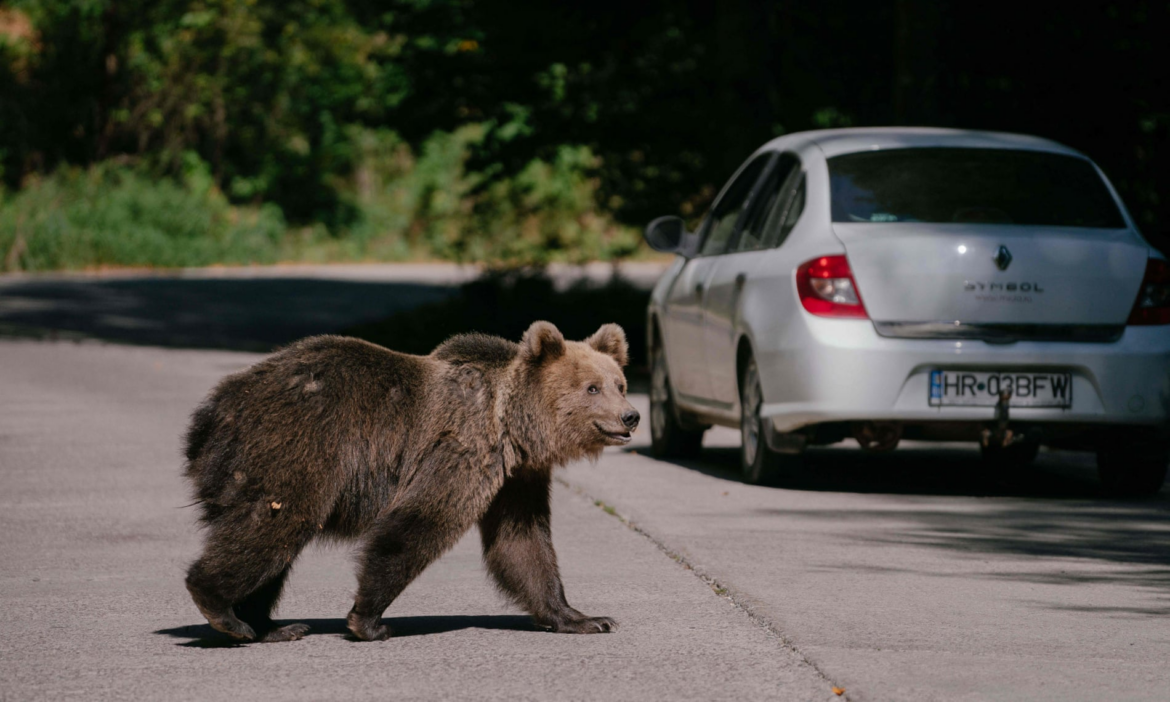Slovakia to Cull 350 Bears Amid Growing Human-Wildlife Conflict Fueled by EU Wildlife Policies
For generations, humans have viewed themselves as the apex species in nature—except, perhaps, when facing a bear. Nowhere is that conflict more evident today than in the Carpathian Mountains, where swelling populations of brown bears are transforming rural life in Slovakia into a precarious balance between conservation and survival.
Driven by decades of European Union wildlife protection laws and emboldened by radical ecological movements, the once-endangered bear has made a staggering comeback. But that resurgence is now colliding violently with human communities, particularly in the countryside where daily life has become increasingly unpredictable and dangerous.
Fatal Attacks Trigger Emergency Measures
The tipping point came last week, when a 59-year-old man was killed by a bear near the central Slovak town of Detva—just the latest in a rising series of attacks in recent years. The victim was found with devastating head injuries, prompting national outrage and renewed calls for government action.
In response, the Slovak cabinet has approved plans to cull 350 bears in 2025, marking a significant escalation in the country’s approach to managing the bear population.
“We cannot live in a country where people will be afraid to go to the forest, where people become food for bears,” said Prime Minister Robert Fico during a press briefing.
The statement underscores the sense of urgency now driving policy shifts in Bratislava, as the government moves to prioritize human safety over unqualified wildlife preservation.
Emergency Measures Expand Nationwide
According to the BBC, a special state of emergency—originally applied to limited regions—has now been expanded to 55 out of Slovakia’s 79 districts, effectively covering most of the country. The government has also loosened legal protections, allowing bears to be killed if they encroach on human settlements.
Slovakia reported 13 bear attacks on humans in 2023, and 93 bears were shot by the end of last year. For comparison, Slovakians killed just single-digit numbers of bears annually until recently.
The new quota of 350 bears marks a radical departure from past practice and reflects growing pressure from rural communities fed up with living in fear.
Regional Trend: Romania Also Increases Bear Culling
Slovakia’s move follows a similar decision in neighboring Romania, where the government doubled the bear culling quota to 481 last year after a 19-year-old woman was fatally attacked. Lawmakers across Central and Eastern Europe are now facing growing backlash from residents who view current conservation policies as dangerously outdated and tilted against humans.
“Extremist ecological groups have turned the country into open-air museums where one can no longer move normally,” said one local critic, reflecting a sentiment shared widely in rural Slovak and Romanian communities.
The Bigger Picture: Policy Failure or Ecological Success?
While conservationists hail the resurgence of brown bears as an environmental success, critics argue that the blind adherence to preservation ideology has failed to adapt to changing conditions. In regions where human habitation overlaps with bear habitats, the lack of active population management is proving unsustainable.
As bear populations grow and expand their territories, conflicts are becoming more frequent and more deadly. Videos of bears wandering through towns like Liptovský Mikuláš have gone viral, further fueling public anxiety.
Conclusion: A Reckoning for Wildlife Policy
Slovakia’s decision to authorize the killing of 350 bears marks a turning point in the debate over how to balance conservation with community safety. It also signals a broader reassessment of EU-driven green policies that, while well-intentioned, are increasingly viewed as out of step with real-world challenges faced by rural citizens.
As the situation unfolds, more European governments may find themselves forced to recalibrate, accepting that true environmental stewardship must include protecting people as well as animals.

